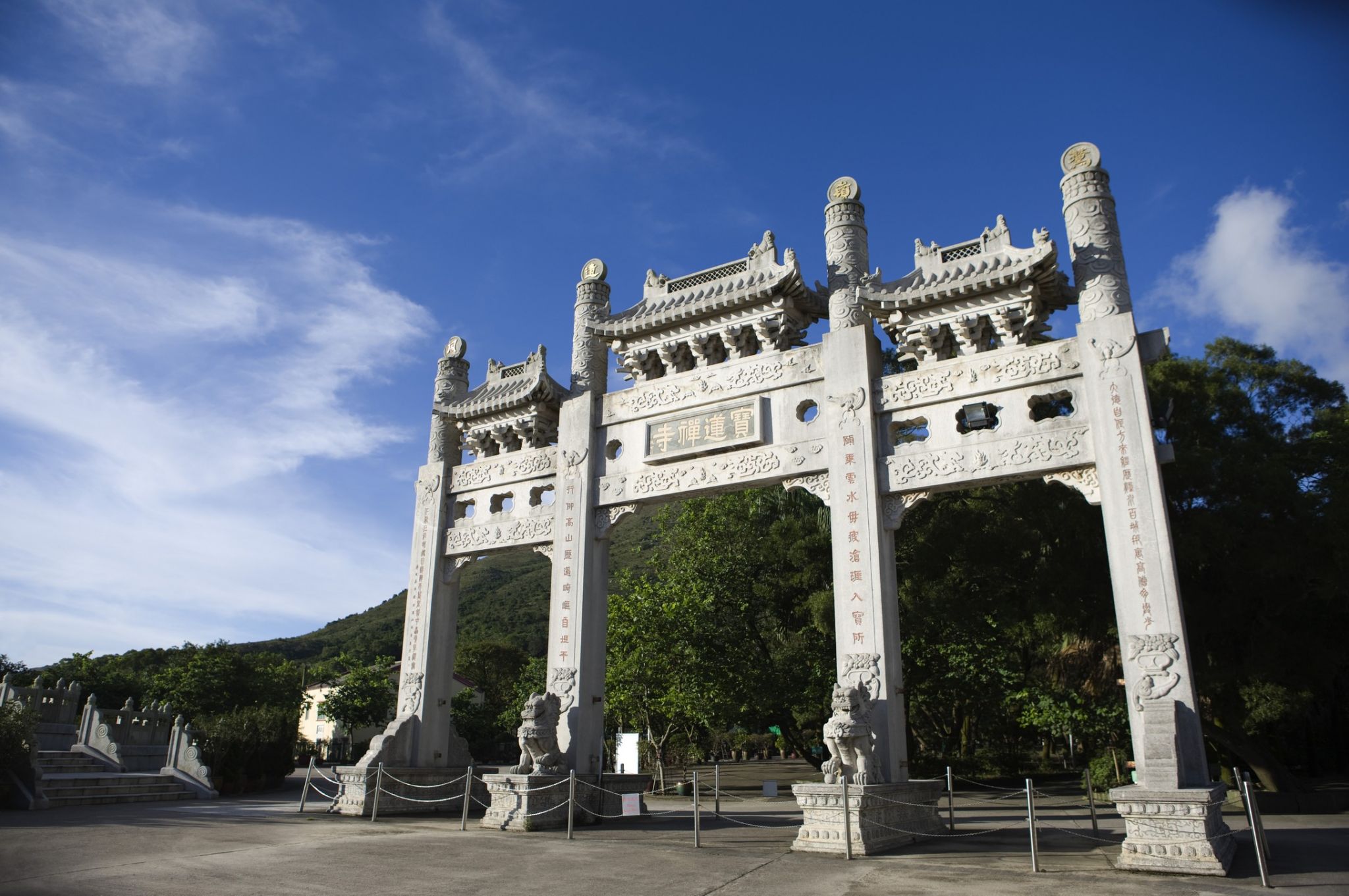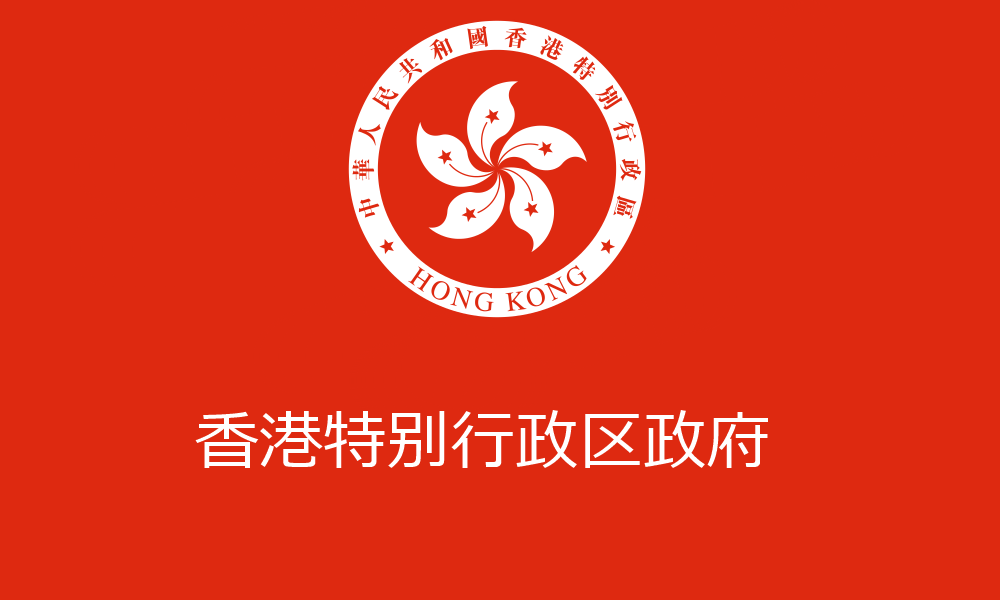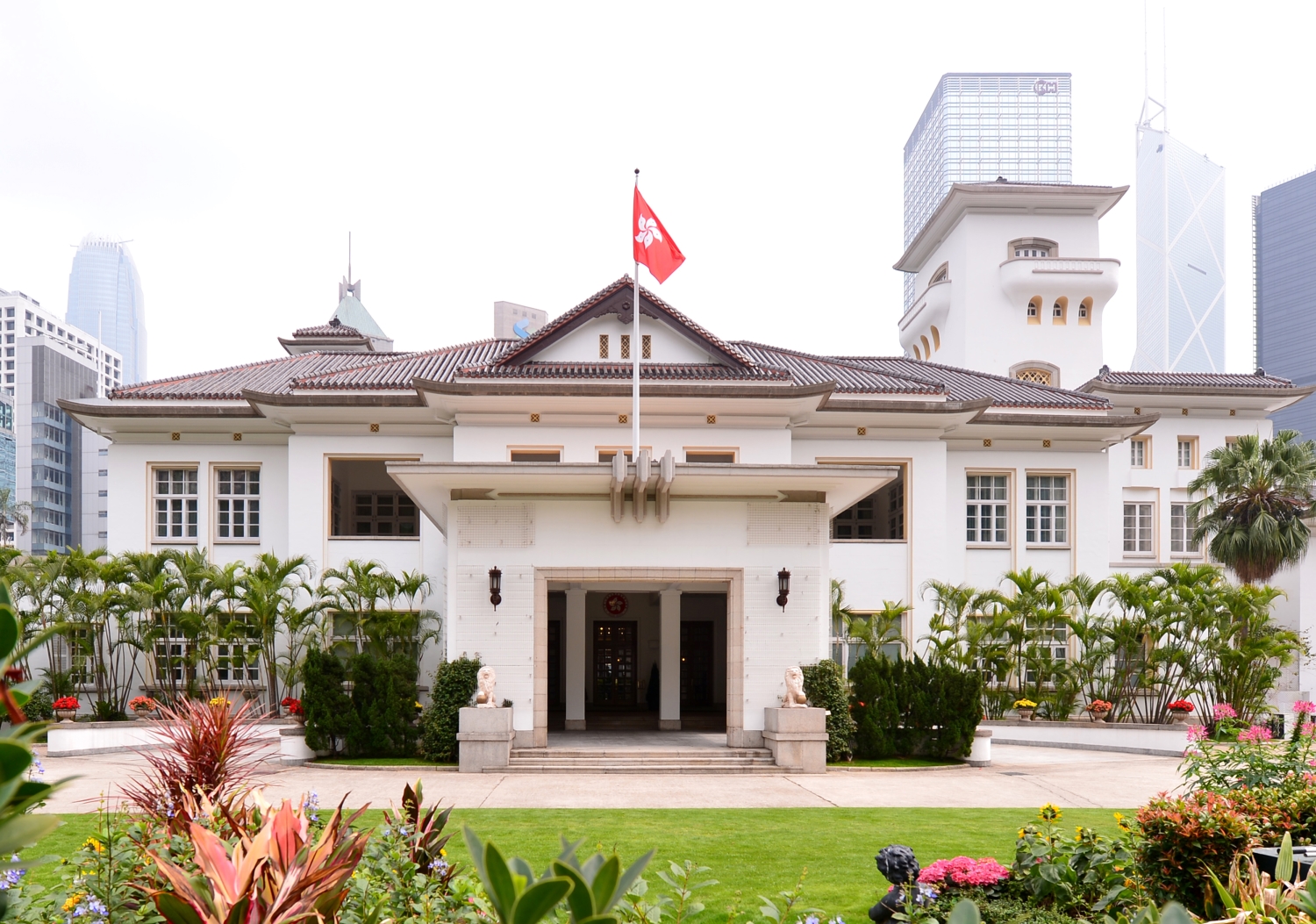
Deutsch-Chinesische Enzyklopädie, 德汉百科
 香港特别行政区-港
香港特别行政区-港

宝莲禅寺(Po Lin Monastery),或称宝莲寺,为香港一座佛教寺庙,亦为香港旅游景点之一,位于新界大屿山昂坪,介乎弥勒山与凤凰山之间。寺庙前身为大茅蓬,由中国江苏镇江金山寺的顿修、大悦和悦明三位禅师建于1906年(即清光绪三十二年)。直到1924年,第一代住持纪修和尚正式命名为宝莲禅寺。
而刻有“永破无明是最安乐”的宝莲寺第二代住持筏可法师的荣寿纪念碗子被香港本地历史学者邓家宙所收藏[1]。
Po Lin Monastery is a Buddhist monastery, located on Ngong Ping Plateau, on Lantau Island, Hong Kong.
The monastery was founded in 1906 by three monks visiting from Jiangsu Province on the Chinese mainland and was initially known simply as "The Big Hut" (大茅蓬 Tai Mao Pung). It was renamed to its present name in 1924. The main temple houses three bronze statues of the Buddha – representing his past, present and future lives – as well as many Buddhist scriptures.
Tian Tan Buddha, a giant Buddha statue completed in 1993, is an extension of the monastery.
The Ngong Ping 360, consisting of the Ngong Ping village and a gondola lift running between Tung Chung and Ngong Ping, was built near to the Po Lin Monastery. The monastery boasts many prominent architectural structures, such as the Main Shrine Hall of Buddha, the Hall of Bodhisattva Skanda.[1]
This monastery is also noted for making wooden bracelets that are only sold near the Tian Tan Buddha statue.
In 1918, three nuns ordained at this monastery established a private nunnery called Chi Chuk Lam (紫竹林) on Lantau's Lower Keung Hill (下羌山). The nunnery is dedicated to Guanyin, the Goddess of Mercy. There were about 20 jushi and nuns residing there in the 1950s, but now only an elderly abbess remains.[2]
珠江,旧称粤江,是中国南方的一条河流,原指广州到入海口约96公里长的一段河道,因流经广州市区的海珠石而得名,后成为西江、北江、东江和珠江三角洲诸河等复合水系的总称,地跨中国云南、贵州、广西、广东、湖南、江西六省区及越南部分地区,干流长度2214公里,为中国境内第四长河流,按径流量为中国第二大河流。
Der Perlfluss (auch Perlstrom, chinesisch 珠江, Pinyin Zhū Jiāng, Jyutping Zyu1 Gong1) ist ein 177 Kilometer langes Ästuar in Südchina in der Provinz Guangdong; der Name stammt von der früher im Flussbett gelegenen Insel „Seeperle“ (海珠, Hǎizhū, Jyutping Hoi2zyu1). Historisch ist der Fluss auch als „Yue Jiang“ oder „Yuejiang“ bekannt (粵江 / 粤江, Yuè Jiāng, Jyutping Jyut6 Gong1 – „Guangdong-Fluss, Kanton-Fluss oder Strom der Yue“).
In seinem oberen Teil, der auch die Metropole Guangzhou durchzieht, begegnen sich die Mündungsdeltas von Nordfluss und Ostfluss. Der untere Teil, die Perlflussmündung (珠江口, Zhūjiāng Kǒu, Jyutping Zyu1gong1 Hau2) ist eine bis zu 30 Kilometer breite Bucht des Südchinesischen Meeres, deren Westseite vom großen Delta des Westflusses flankiert wird. Die drei Flussdeltas bilden ein gemeinsames, vielarmiges Geflecht von Wasserläufen und Schären, das Perlflussdelta.
 建筑艺术
建筑艺术


 企业
企业
 船舶和航海学
船舶和航海学

 体育
体育
 蒙古
蒙古

 经济和贸易
经济和贸易


 宗教
宗教
 地理
地理




